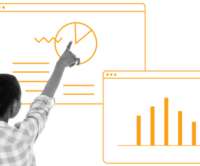12 Ways We Made our Santa Cruz Collects Exhibition Participatory
Museum 2.0
SEPTEMBER 12, 2012
This exhibition represents a few big shifts for us: We used a more participatory design process. Our previous big exhibition, All You Need is Love, was highly participatory for visitors but minimally participatory in the development process. Without further ado, here's what we did to make the exhibition participatory.
















Let's personalize your content